Stakes couldn’t be higher in George Floyd case
In an instant, the entire picture painted by the prosecution cast a pall of doubt over the life and death of George Floyd.
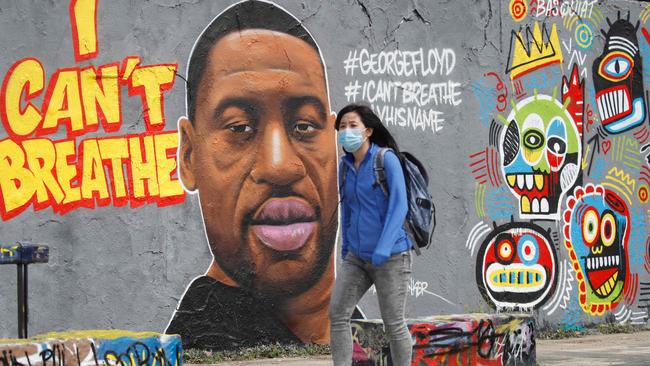
The first thing the jury was shown in the trial of police officer Derek Chauvin was the full video of George Floyd’s slow death on the side of that unremarkable suburban Minneapolis road last year. Nine minutes and twenty nine seconds of a white police officer’s knee on a black man’s neck. We don’t know if his cries for his Mama echoed in the courtroom. Did that wail bounce off the plexiglas screens drilled into place around the room to block the COVID virus? Maybe the thick carpet, with the careful tape marks to space out each chair, helped absorb the sound?
Even the few people allowed in that room would have felt too much of that moment to know if it was reflecting around the room or pounding in their soul. Since that May day almost one year ago, we have heard that wretched sob reverberate in the riots and chaos tearing through cities and streets across the United States.
That cry has been the quiet consonance of every African American who’s felt the extra weight of having to explain why what happened that day is more than an arrest gone wrong. It’s a pain of injustice measured in lives, generations lost and indifference.
That same anger has festered in the minds of countless Americans who have silently taken the side of Chauvin. For every lawn sign declaring that Black Lives Matter, there’s been an American flag bled grey, hoisted to counter that Blue Lives Matter too.
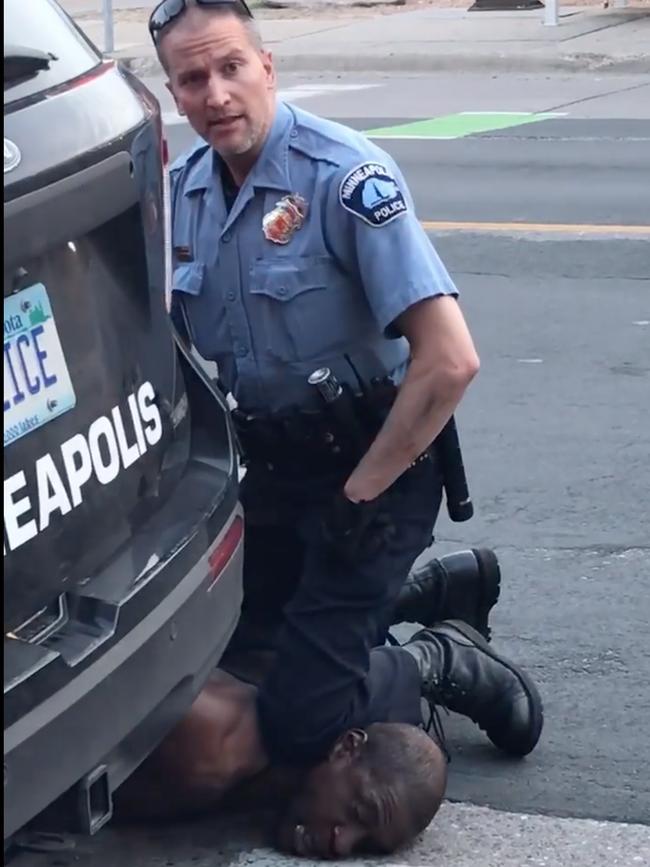
The security of those American lives are built on met expectations and minding your own business. They’ve felt threatened more than they’d ever have feared, first by a virus and then the disintegration of a social contract that has worked for them more than it hasn’t. They see a policeman on the front line doing a job they revere, in circumstances they would never be brave enough to face. Authority protects them. Mistakes happen. Who are they to judge?
Peering into the freshly reopened wound of racial inequality, this trial may seem like a foregone conclusion. But in the court of law, Chauvin isn’t on trial for centuries of racial inequality. He’s on trial for the murder of Floyd on May 25, whose death filmed by horrified onlookers sparked global headlines. All over a counterfeit $20 bill handed over the counter at Cup Foods on the corner of Chicago Avenue and 38th Street.
The running of the emotionally charged trial was left in the hands of Hennepin County Judge Peter Cahill. He is known as a no-nonsense, fair judge who’s twice now run unopposed for his seat on the bench. Despite pressure from the state, he agreed to broadcast the Chauvin trial live. It’s unusual but not unheard of in the US. It’s never happened before in Minnesota.
Americans have been hooked on the “gavel to gavel coverage” since it began on March 29, while they’re holed up at home waiting out the pandemic. Which makes it all the more strange that the block around the trial of the century has been devoid of the normal media circus and remains mostly empty.
The offices and stores in downtown buildings surrounding the court tower have been abandoned since the beginning of the pandemic and occasionally boarded up, some still left in disrepair after the riots of last year. The multi-storey building that houses courtroom C-1856 has been fortified by ram-proof barriers and is watched over day and night by hundreds of national guard members.
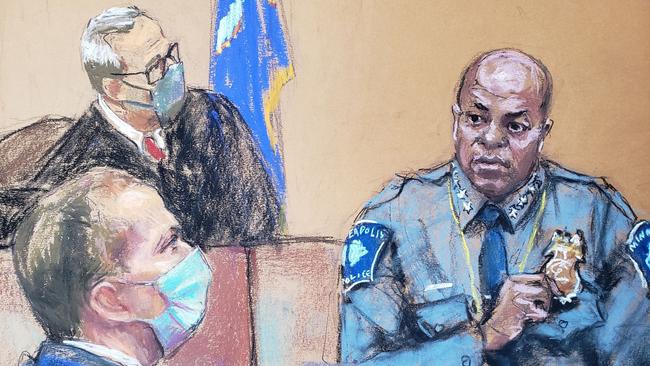
Of course, the only audience that really matters is the jury and, unlike the Australian system, not much was left up to chance in selecting the panel. All in all, 14 jurors were picked with two to act as alternates. Five men, nine women. Eight white, four African American, and two mixed race.
This group was whittled down from hundreds. They were each given questionnaires 14 pages long that canvassed everything from their political views to what podcasts they listen to. The most telling question was whether they’d seen the video of Floyd dying. Neither side wanted to gamble with a juror that far removed from the world that they’d missed it.
Only 33 people are allowed in the courtroom at any time. A seat has been reserved for a member of Floyd’s family, who’ve maintained an almost vigil-like hold on that square foot. In contrast, the seat left for a support person for Chauvin has mostly sat empty. His wife publicly announced she was filing for divorce in the immediate aftermath of Floyd’s death. Each day he’s instead sat alert, and alone, at the defence table. He’s taken constant, fastidious notes as the prosecution laid out its case.
Prosecutor Jerry Blackwell put it simply at the outset. “The most important numbers you will hear are 9 2 9. What happened in those nine minutes and 29 seconds when Mr Derek Chauvin was applying this excessive force to the body of Mr George Floyd.” He argued the jurors had seen with their own eyes an unarmed, handcuffed man held down with a knee to his neck for nine minutes and 29 seconds. What more do you need to know?
Chauvin’s disarmingly pleasant defence lawyer, Eric Nelson, argued there was much more to it. Was that force “excessive” as the prosecution had described? “The use of force is not attractive” he explained to the jury. He went on to argue Chauvin acted within his training and was distracted by the gathering crowd so was not paying attention to Floyd as he died — that Floyd hadn’t suffocated but had fentanyl and methamphetamine in his system, as well as an underlying health condition.
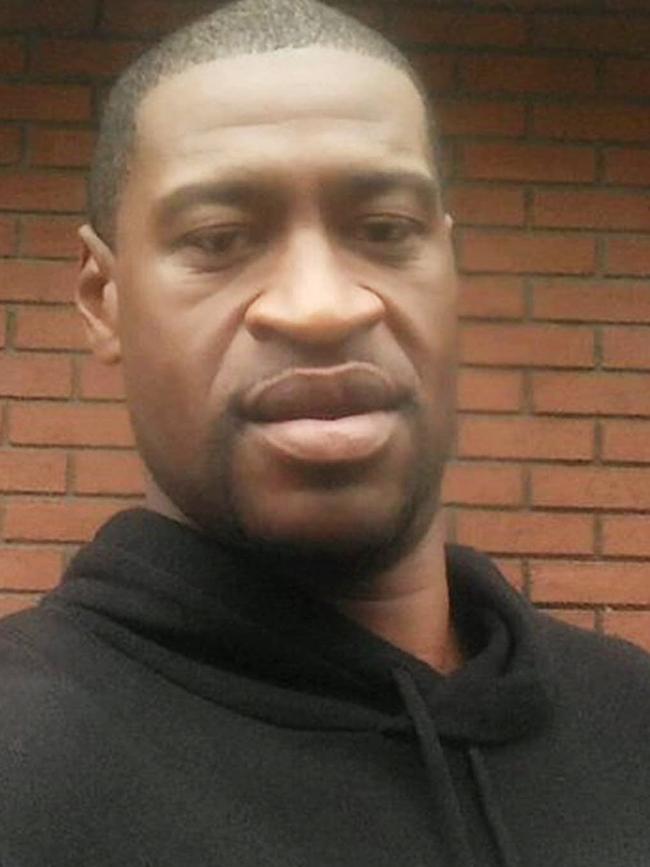
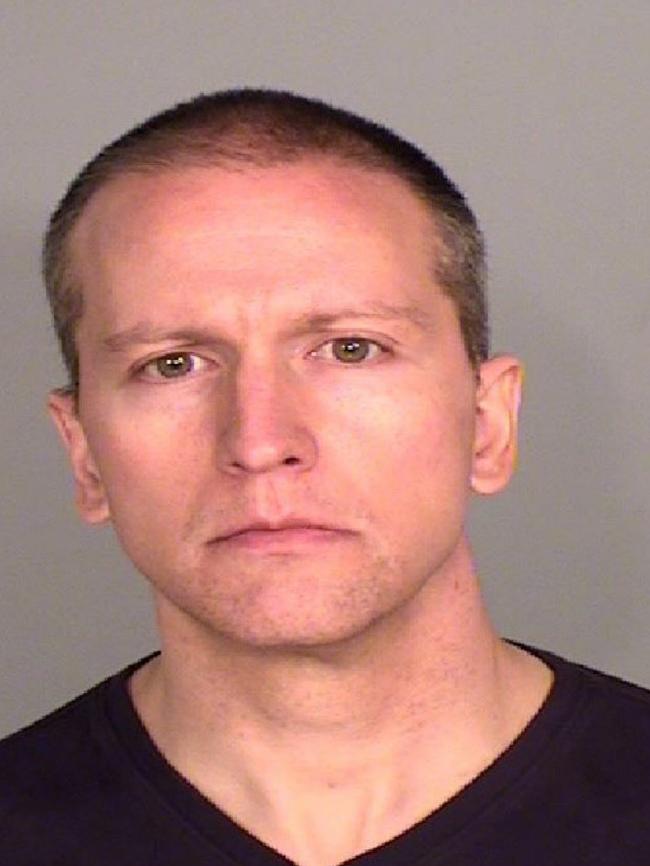
He doesn’t need to convince the jury that any one of these assertions is true. All he needs to do is sow enough doubt in the mind of just one juror to trigger a mistrial.
“Beyond any reasonable doubt” is a high bar. The defence needs just one person to hesitate. Unusually, again, but not surprisingly, the jurors’ identities are strictly hidden in this proceeding — Cahill agreeing the risk to them in making this decision is high.
The prosecution called 38 witnesses. No one witness’s evidence had as much impact as the 911 dispatcher who took the call that day. The bags under Jenna Scurry’s eyes were the only hint she might have had a sleepless night before taking the stand. Calm and matter of fact, she was a convincingly reasonable witness.
She told the jury she checked on the officers using a CCTV Camera outside Cup Foods, the store that placed the call over the fraudulent $20 bill Floyd had handed over to pay for cigarettes. On the screen as she watched Chauvin pin Floyd down she felt compelled to ask a colleague to check if her screen had frozen. He wasn’t moving. She was so concerned she called Chauvin’s supervisor. “You can call me a snitch if you want to,” she said, as she relayed what she was seeing.
Witnesses who watched the struggle between Chauvin and Floyd testified in quick succession to what they saw that day and how it had traumatised them. A man in his 60s broke down. A juror needed a break from the stress. This wasn’t, on the whole, an unexpected response. What wasn’t anticipated was what the Minneapolis Police Force officers would say.
It’s one thing for those of us from the comfort of non-confrontational lives to cast judgment on those dealing with every element of human aggression and frailty, daily. It’s quite another for a police officer to live it.
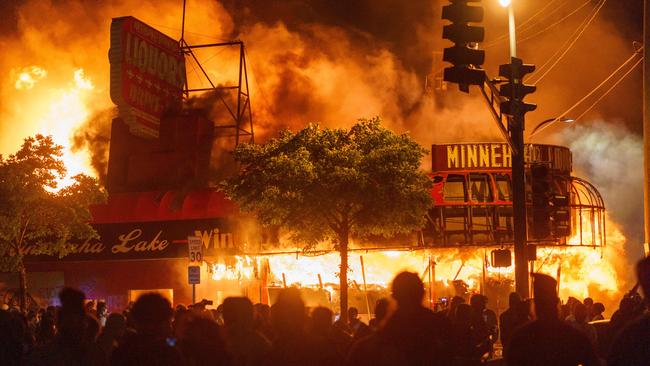
Police Chief Medaria Arradondo had already gone on the record a month after Floyd died, and called it “murder”. Under cross-examination he agreed that use of force is sometimes necessary, even if not an attractive notion, but also said: “I would say the use of force is something that most officers would rather not use.” Another seven officers of different rank and experience spoke about what Chauvin did, and testified that it was outside his training. Fifth Precinct Inspector Katie Blackwell said bluntly of Chauvin’s kneeling position: “I don’t know what kind of improvised position that is.”
Floyd’s girlfriend Courteney Ross revealed in sympathetic detail Floyd’s opioid addiction. They’d both had prescriptions for chronic pain that gave way to drug taking off the street. Three pills were recovered from the scene, presumably dropped by Floyd. One contained fentanyl, and two pills contained small doses of methamphetamine.
Medical experts testified that the fentanyl in Floyd’s blood wasn’t enough to trigger an overdose. Forensic Medicine Specialist Dr Bill Smock said none of the traditional markers of overdose, like snoring, dilated pupils or delirium, were present. After reviewing the tapes, he said: “That is not a fentanyl overdose; that is someone begging to breathe.”
Perhaps the most devastating prosecution witness of all, was Chauvin himself, even though he never took the stand. The same constitutional right he’d read to countless criminals in his 19-year career has protected him from having to testify in his own defence. But small clips of him speaking in the moments after Floyd died were caught on his body camera. The jury heard him calmly and obstinately tell a witness “this guy is probably on something” as the siren of the ambulance carrying his body faded into the background.
The defence has had its work cut out, but it was not an impossible task. By calling a slew of experts they worked to show a different side to Floyd. Body camera footage rolled again, but this time it was from a traffic stop in May 2019. It showed a police man pointing his gun at an agitated and unpredictable Floyd. The paramedic from that day detailed Floyd’s high blood pressure, saying he had a history of hypertension and wasn’t taking medication for it.
In an instant, the entire picture painted by the prosecution starts to cast a pall of doubt over the life and death of Floyd. The woman with Floyd the day he died described how he was sleepy and wouldn’t wake up. Defence experts have argued that the force wasn’t excessive. As use of force expert Barry Brodd put it: “Try to put yourself in an officer’s shoes.” A former chief medical examiner with 17 years experience said he thought Floyd died from cardiac arrest and illicit drugs. Every prosecution charge was answered.
On the first day of the trial, hundreds of protesters gathered outside the court. Through a loudspeaker one of the organisers asked the crowd, “Who here is from Minneapolis?” Just a few hands went up. It’s easy to dismiss the group as professional protesters, and indeed many would have made a part-time vocation out of causing chaos over the past year.
These crowds quickly assembled again this week when young Daunte Wright was shot at the northern Minneapolis suburb of Brooklyn Center. Different this time was the swift charges against the officer Kim Potter, who seemingly confused her handgun with her taser. The local police chief didn’t wait to step down either.
The political forces at play are powerful, but to focus on them would miss just how deep a reckoning Floyd’s death has visited on the nation. There’s no doubt the fury will come if the jury finds Chauvin not guilty. Even a guilty verdict, though, won’t begin to heal the schism.
Annelise Nielsen is the Washington Correspondent for Sky News Australia and has been in Minneapolis covering the trial.

To join the conversation, please log in. Don't have an account? Register
Join the conversation, you are commenting as Logout